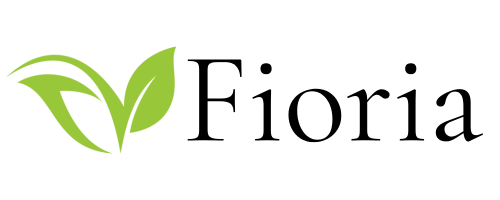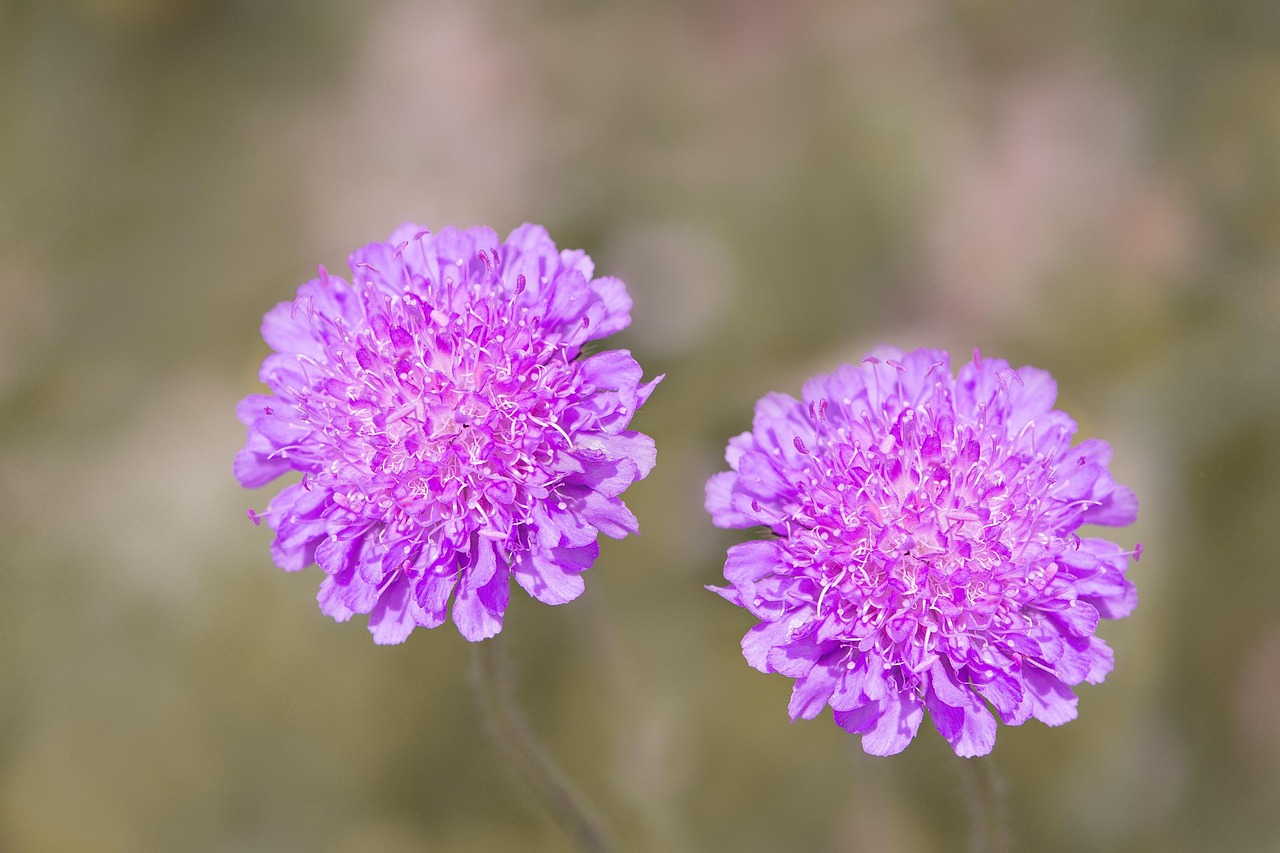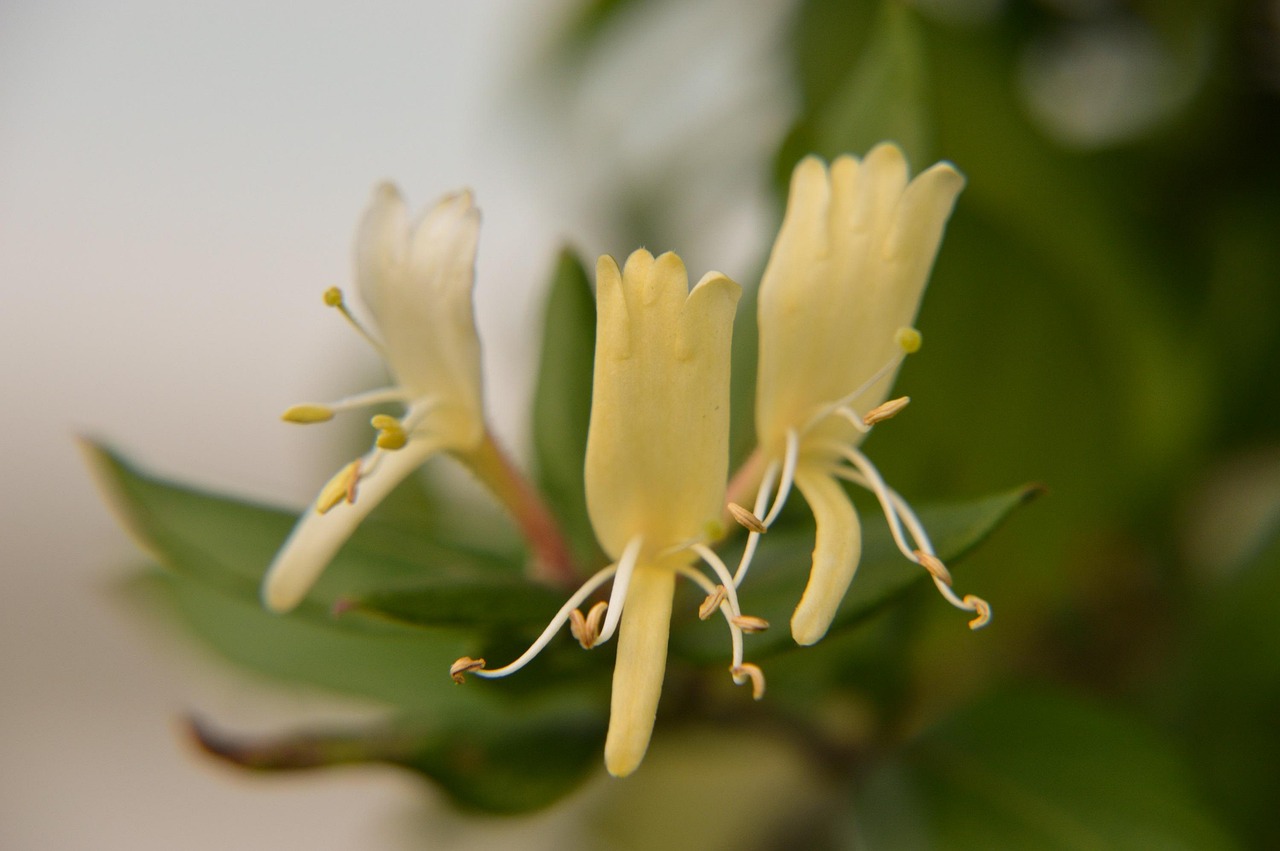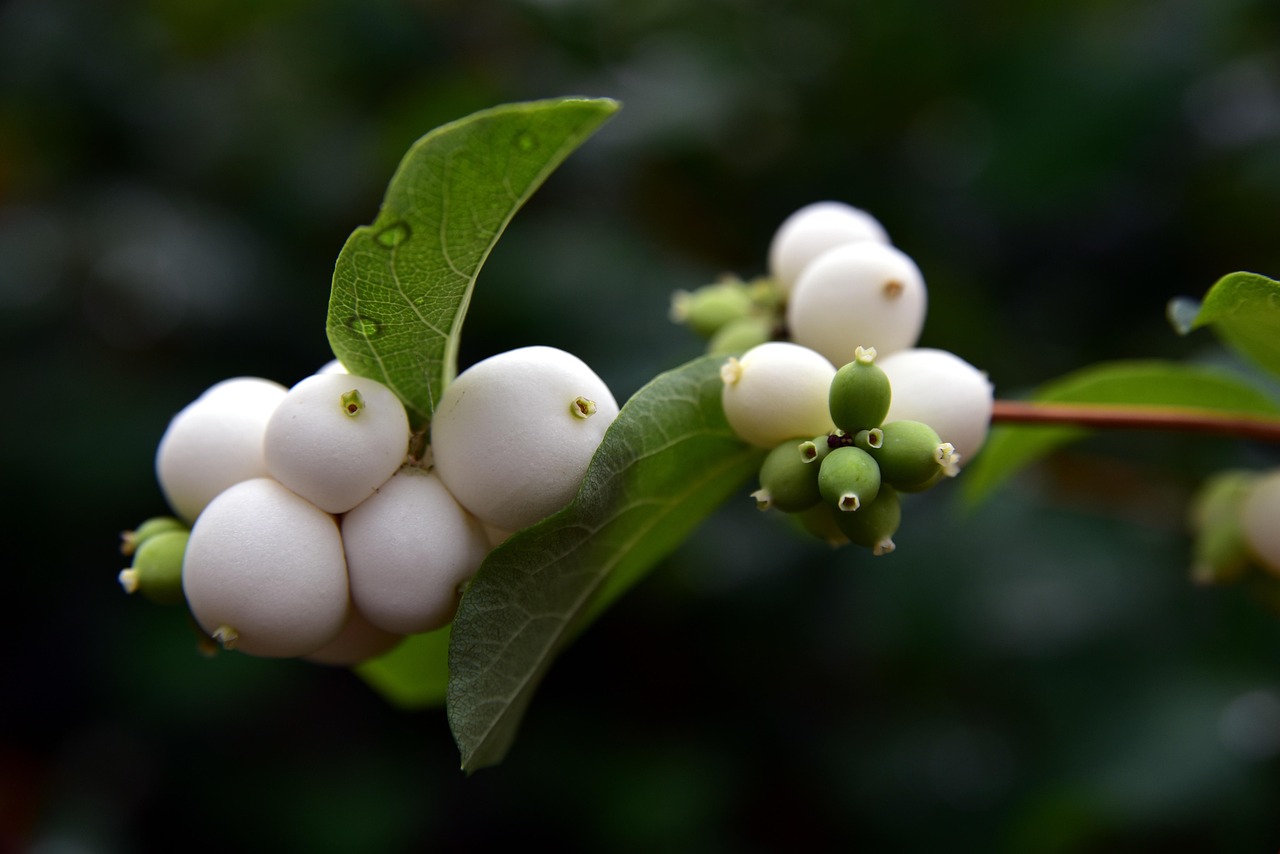Linnaea borealis | A Quiet Flower of the North Dedicated to the Father of Plant Taxonomy
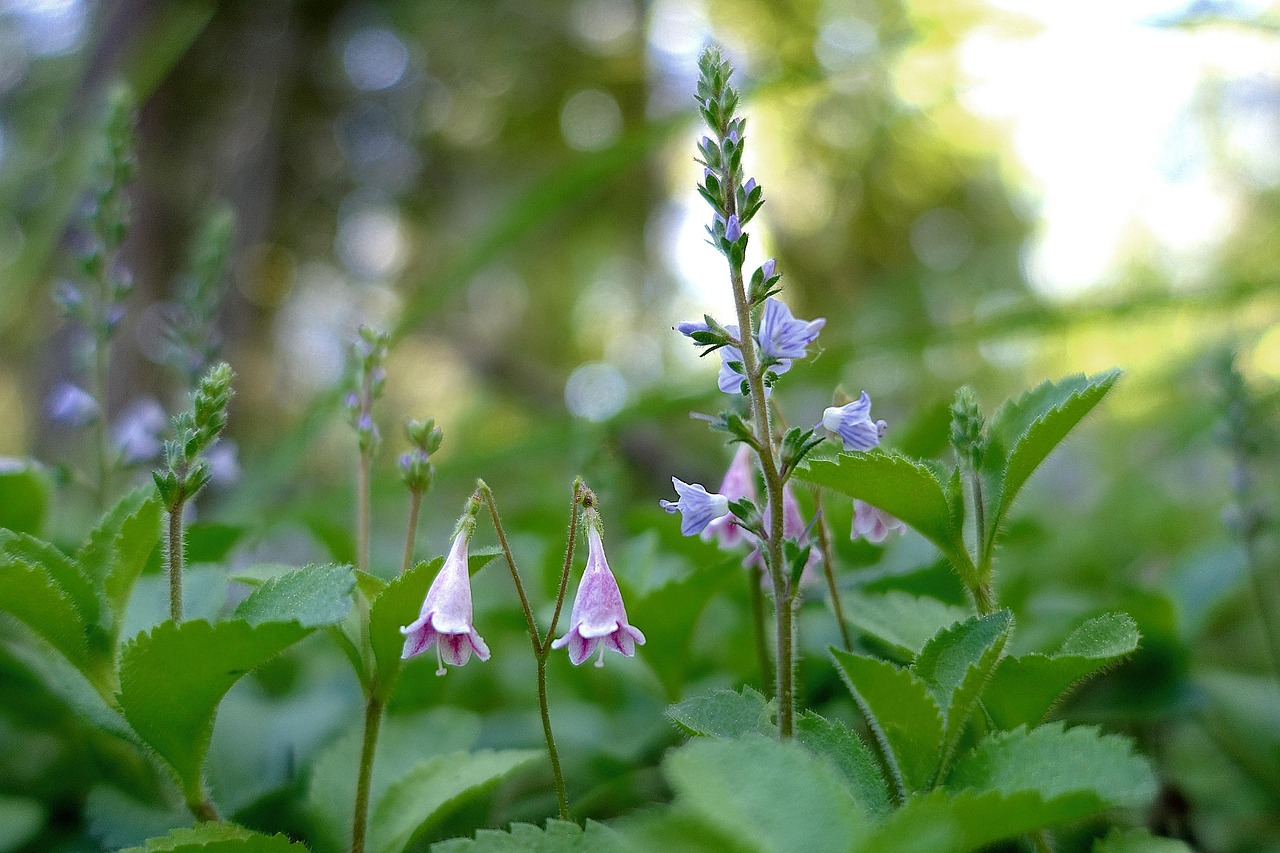
I introduce Linnaea borealis, an evergreen perennial native to cool forests, distinguished by its delicate pale pink flowers blooming in pairs.
In Northern Europe, it is known as a symbol of both nature and scholarship, highly valued for its deep connection with the botanist Carl Linnaeus.
In this article, I explain the basic information, cultural background, history, and cultivation methods of Linnaea borealis.
Basic Information
- Scientific name: Linnaea borealis
- Family: Caprifoliaceae
- Origin: Cool regions of the Northern Hemisphere (Europe, Asia, North America)
- Appearance: Slender creeping stems with small rounded opposite leaves. In early summer, pale pink bell-shaped flowers bloom in pairs at the tips of the branches. Its modest and graceful form is distinctive.
- Blooming season: Early summer (June–July)
Cultural Significance Around the World
Linnaea borealis grows naturally in cool forests and is well known in Nordic countries such as Sweden, Norway, and Finland.
Although it is not officially designated as Sweden’s national flower, it enjoys wide recognition and is regarded as a symbol of nature conservation and academic pursuit.
In regions closely associated with Linnaeus, such as Småland and Uppsala, the flower frequently appears as a motif in tourism materials and souvenirs, serving as a part of regional identity.
Historical Episodes
The name of the flower originates from the 18th-century naturalist Carl von Linné (Carl Linnaeus).
This plant was one of the species known in Sweden while Linnaeus was developing his system of taxonomy. He named it “Linnaea” after his own Latinized surname, “Linnaeus.”
At the time, it was unusual for a scholar to give his own name to a plant, and this naming reflected Linnaeus’s deep involvement and symbolic role in botany.
Thereafter, Linnaea borealis appeared in his portraits, emblems, and even on his tombstone, becoming firmly established as a symbol of both Linnaeus and plant taxonomy.
Gardening Advice
Because Linnaea borealis is delicate, careful environmental management is required for cultivation.
Light
Prefers bright shade. Avoid direct sunlight; ideal under deciduous trees or in partial shade.
Watering
Water sparingly when the surface soil is dry. Sensitive to excess moisture, so ensure good drainage.
Soil
Prefers acidic to neutral soil rich in leaf mold, with good drainage suitable for alpine plants.
Fertilizer
A small amount of slow-release fertilizer in spring is sufficient. Over-fertilization may hinder growth.
Climate management
Thrives in cool climates. Protect from summer heat and humidity by providing ventilation or managing during cooler hours.
Wintering
Hardy to cold. For potted plants, move to a frost-free location for safety.
Conclusion
Linnaea borealis is a perennial of cool northern forests, notable for its twin pale pink flowers.
Named after Carl von Linné in the 18th century, it remains a symbol of plant taxonomy.
In Sweden, it is appreciated as a cultural emblem representing both nature and learning.
